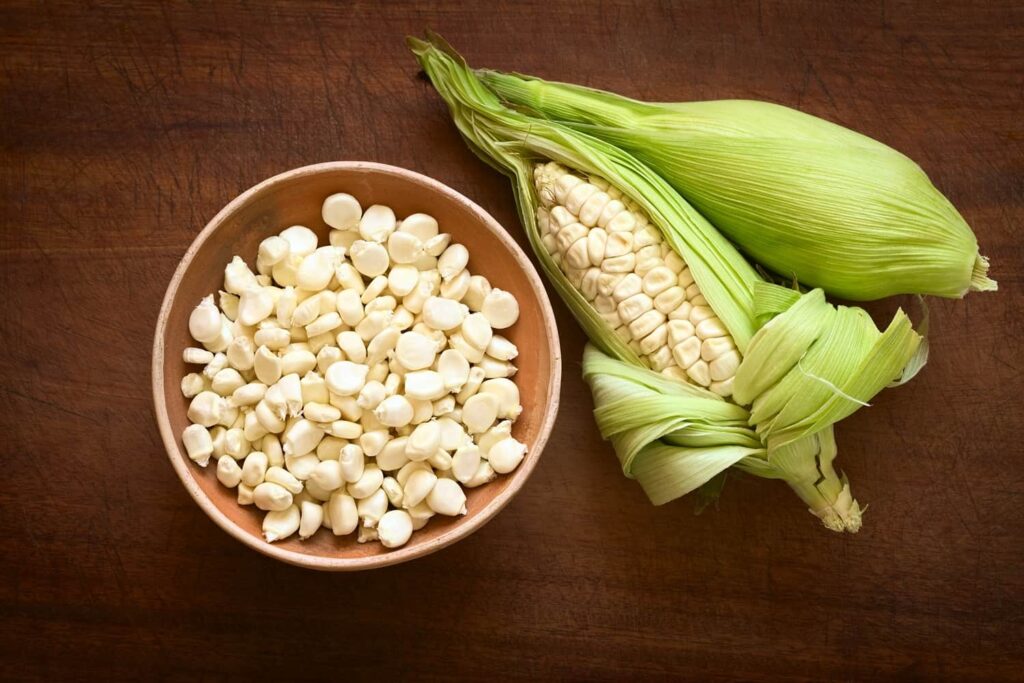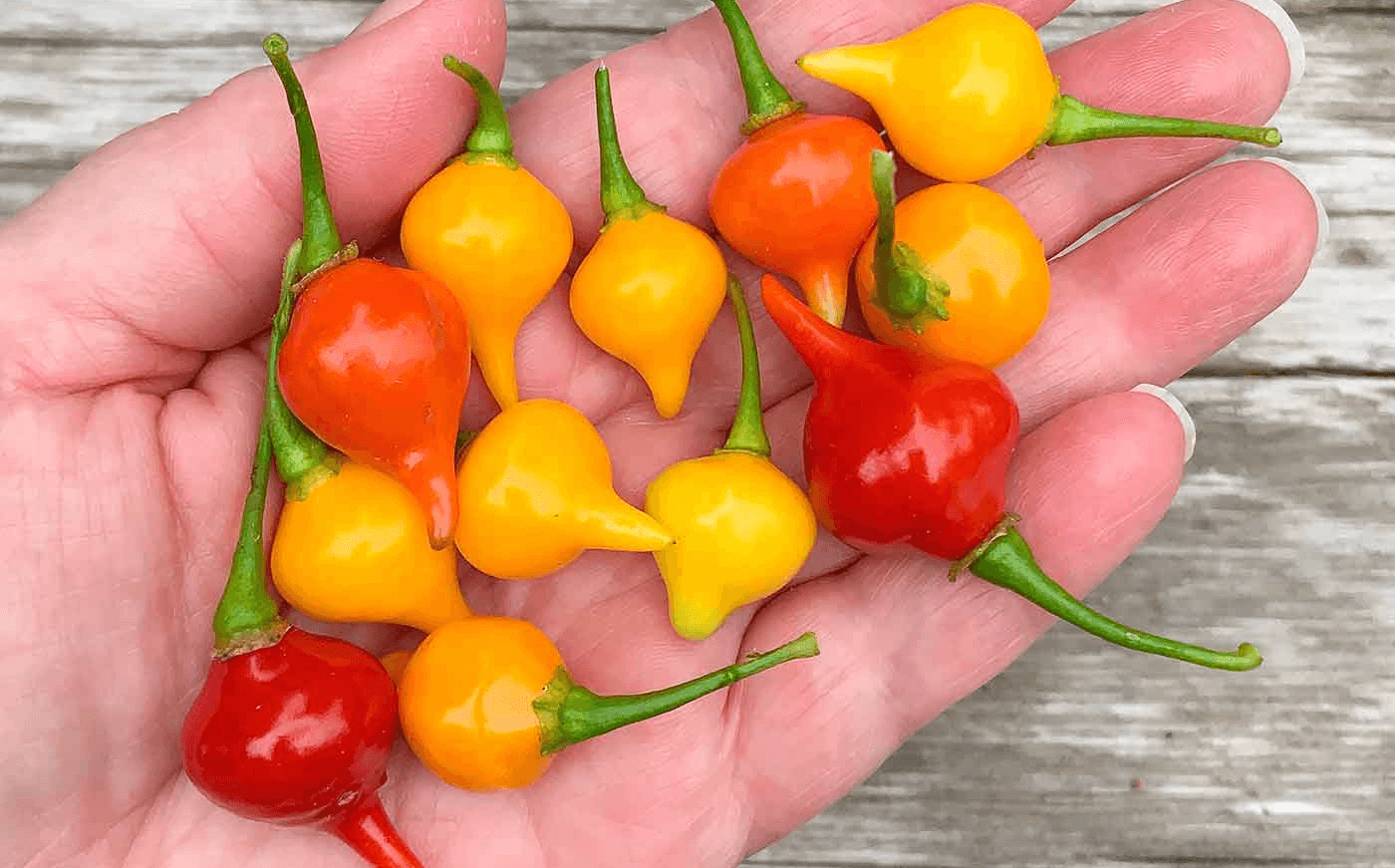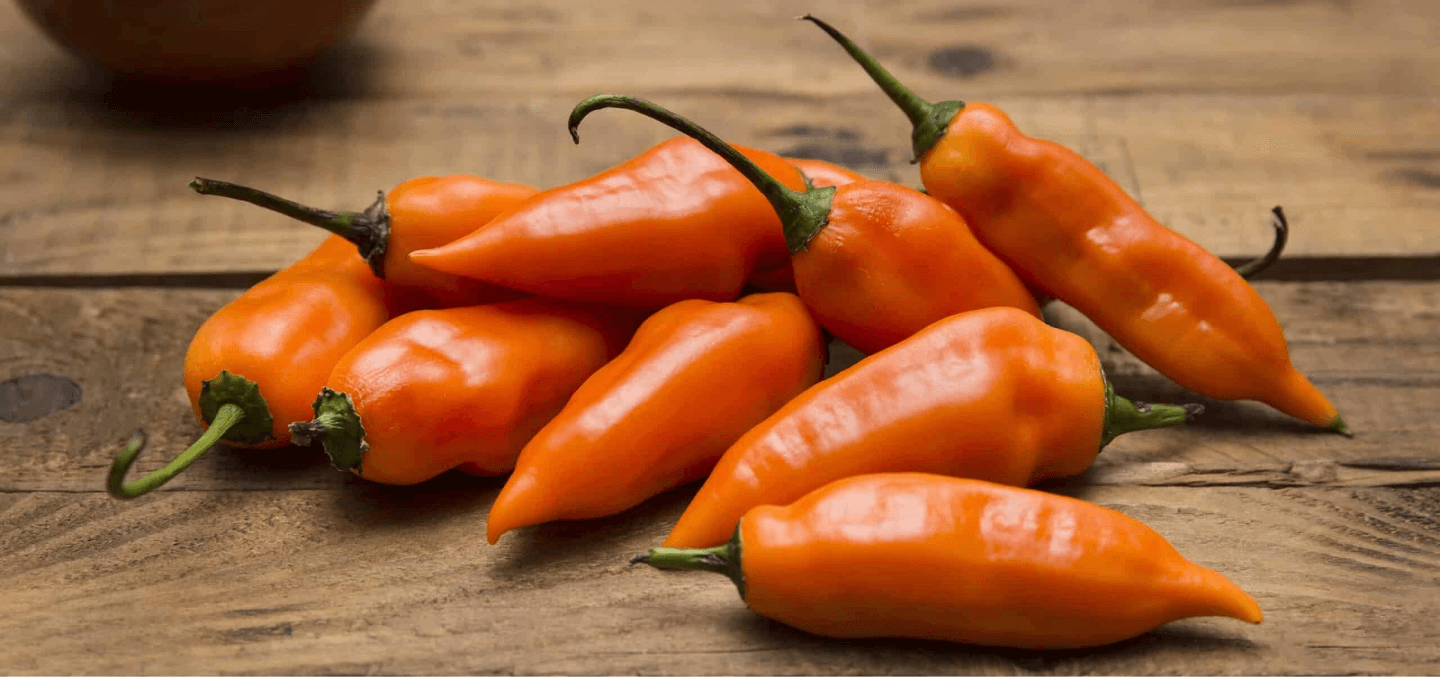Peru is no doubt one of the most travelled countries for it's contrast of biodiversity, culture, history and geography. More importantly, Peru is a well-known destination for unique and unforgettable gastronomic experiences. Therefore, you can find delicious cuisines everywhere in Peru because food is at the core of their heritage.
Original born in the countryside of Arequipa and Cusco, some residents convert their homes into lunchtime restaurants called Picantería, which offer daily dishes to guests such as workers and local families. These restaurants cook various fruits, vegetables, and meats that are uniquely Peruvian. The food prepared is authentically local as it caters to the masses in the area.

The traditional techniques from the early picanterías are still used today. Most picanterías still use firewood and a wood-fired oven for cooking. The flames bring out the flavours of the ingredients and give that slight smokey aroma that's uniquely present using firewood. You can still see in some picanterías today the use of a traditional cooking tool calledbatan, a river stone used to grind ingredients, primarily chili peppers, for dressings and sauces.

Original born in the countryside of Arequipa and Cusco, some residents convert their homes into lunchtime restaurants called Picantería, which offer daily dishes to guests such as workers and local families. These restaurants cook various fruits, vegetables, and meats that are uniquely Peruvian. The food prepared is authentically local as it caters to the masses in the area.

Heritage is Alive
If you want to experience Peru's local, homey, traditional food service, going to a picantería is a must! Arequipa is a well known area where a lot of picanterías take place and offer an abundance of food options. A red cloth would hang outside houses to indicate they serve food for lunch. Usually guests enter through the kitchen in picanterías to get a glimpse of whats being cooked and choose their favourite dish from a wide range of options. The dishes served in picanterías are similar to those in Peruvian homes. However, they tend to be spicier with added chilis and herbs (picantería comes from "Picante," which means "spicy"). the food is served in a rustic dining area conducive to conversation and socializing with other customers.The traditional techniques from the early picanterías are still used today. Most picanterías still use firewood and a wood-fired oven for cooking. The flames bring out the flavours of the ingredients and give that slight smokey aroma that's uniquely present using firewood. You can still see in some picanterías today the use of a traditional cooking tool calledbatan, a river stone used to grind ingredients, primarily chili peppers, for dressings and sauces.






